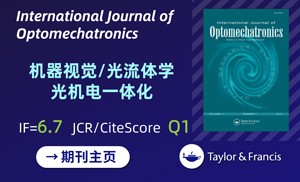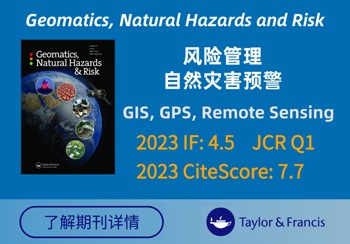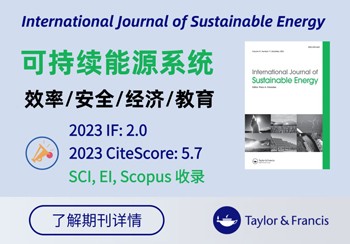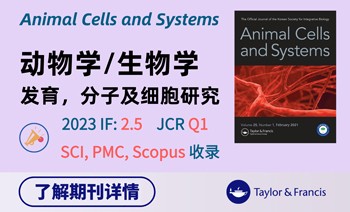Nature Communications ( IF 14.7 ) Pub Date : 2023-08-28 , DOI: 10.1038/s41467-023-40642-x Shinto Roose 1, 2 , R S Ajayamohan 1, 3 , Pallav Ray 4 , Shang-Ping Xie 5 , C T Sabeerali 1, 6 , M Mohapatra 7 , S Taraphdar 1, 8 , K Mohanakumar 9 , M Rajeevan 10
|
|
Tropical cyclones do not form easily near the equator but can intensify rapidly, leaving little time for preparation. We investigate the number of near-equatorial (originating between 5°N and 11°N) tropical cyclones over the north Indian Ocean during post-monsoon season (October to December) over the past 60 years. The study reveals a marked 43% decline in the number of such cyclones in recent decades (1981–2010) compared to earlier (1951–1980). Here, we show this decline in tropical cyclone frequency is primarily due to the weakened low-level vorticity modulated by the Pacific Decadal Oscillation (PDO) and increased vertical wind shear. In the presence of low-latitude basin-wide warming and a favorable phase of the PDO, both the intensity and frequency of such cyclones are expected to increase. Such dramatic and unique changes in tropical cyclonic activity due to the interplay between natural variability and climate change call for appropriate planning and mitigation strategies.
中文翻译:

太平洋年代际振荡导致北印度洋近赤道气旋减少
热带气旋在赤道附近不易形成,但会迅速增强,几乎没有时间准备。我们调查了过去 60 年季风后季节(10 月至 12 月)北印度洋近赤道(起源于北纬 5° 至 11°N 之间)热带气旋的数量。研究显示,与之前(1951-1980 年)相比,近几十年(1981-2010 年)此类气旋的数量显着下降了 43%。在这里,我们表明热带气旋频率的下降主要是由于太平洋年代际振荡(PDO)调制的低层涡度减弱和垂直风切变增加所致。在低纬度盆地范围内变暖和 PDO 有利阶段的情况下,此类气旋的强度和频率预计都会增加。由于自然变率和气候变化之间的相互作用,热带气旋活动发生如此巨大而独特的变化,需要适当的规划和缓解策略。





















































 京公网安备 11010802027423号
京公网安备 11010802027423号